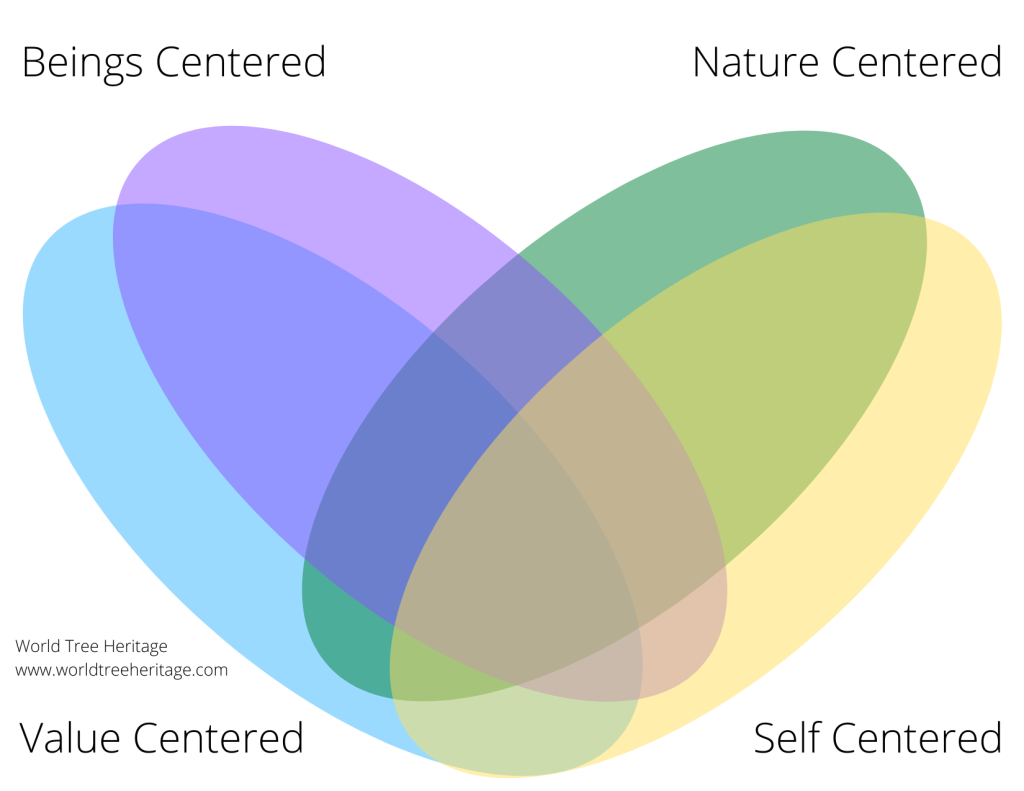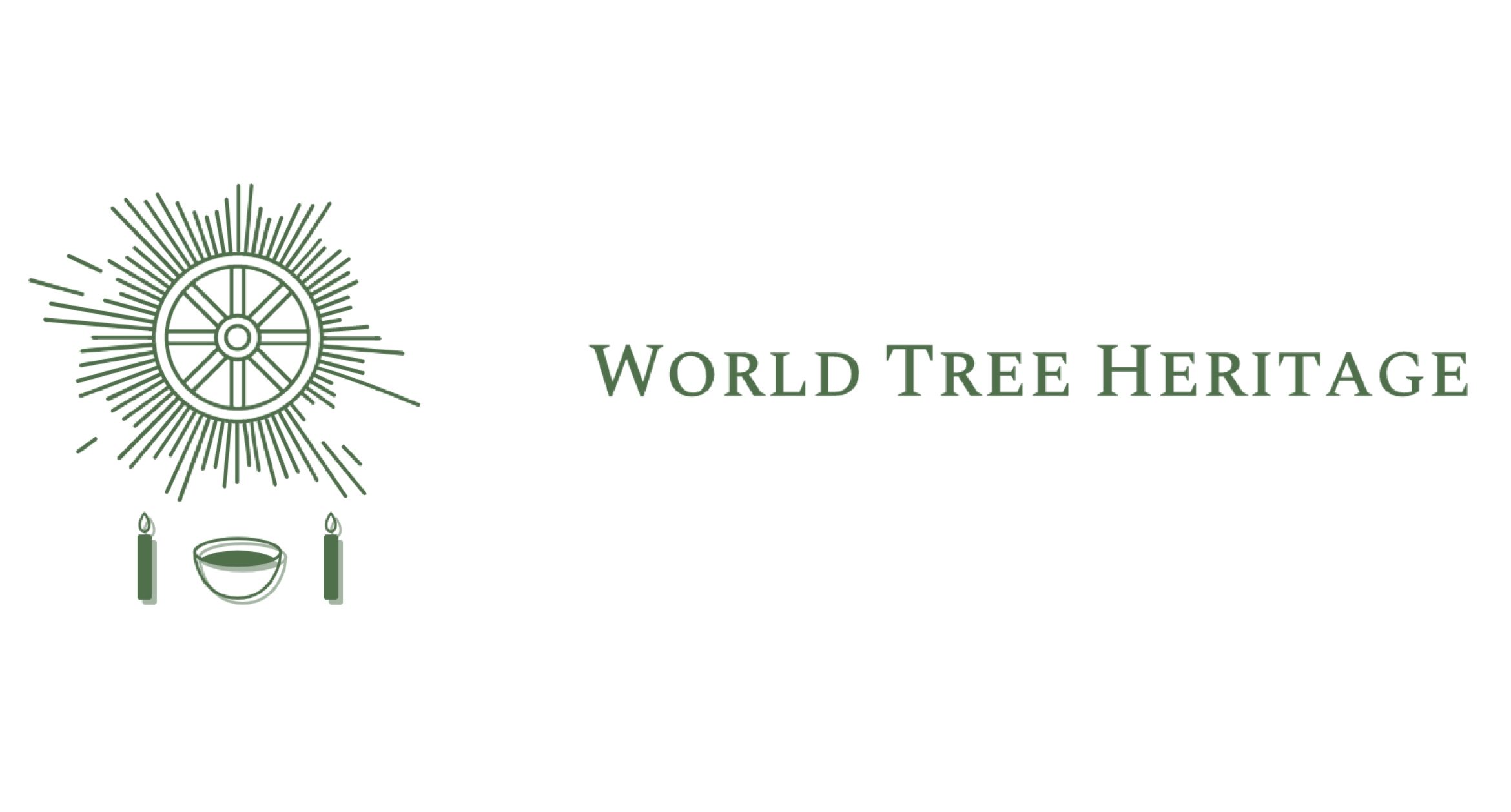If you ask the same question to 10 witches, you will get 13 answers. This truism has only ripened with age for me since I read it for the first time nearly a decade ago.
Pagans struggle to define our religious movement because we are so diverse and practice and belief. And we want to be that way. But when we have definitions that range from every pluralistic, non-Abrahamic religion in the world (a la Michael York) to strictly a 20th century revival of pre-Christian European polytheisms (a la Isaac Bonewits), we start to wonder…how do Pagans know what Paganism is at all?
The Four Centers of Paganism
John Beckett is a fantastic Pagan author, whose blog, Under the Ancient Oaks, can be found on Patheos. Several years ago, John Halstead and then Beckett wrote articles on the centers of Paganism. They hold Paganism has several key concepts, and Pagans are either closer or further from different centers. The point isn’t to be equally within all the centers, but rather to focus on one or two centers.
These centers are: Nature Centered, Self Centered, Deity Centered, and Community Centered. None of these centers limit a Pagan in how they practice or what they believe. These are only important concepts that are common among Pagans.
In his description, Halstead focused on practice, while Beckett described each center by where one sees the divine. Let’s summarize these four centers:
- Nature Centered: you find the divine within nature. You are concerned with the earth, ecology, and anything to do with the natural world. You may be animist, pantheist, or non-theist.
- Deity Centered: you find the divine in the deities (and the spirits and ancestors). You are concerned with forming and maintaining relationships, as well as devotional practice. You may be a polytheist, reconstructionist, or duotheist.
- Self Centered: you find the divine within yourself. You are concerned with bettering yourself, and often developing yourself spiritually. You may practice a magical system, take part in occult practices, or develop yourself through psychological means.
- Community Centered: you find the divine in the tribe or group. You are concerned with group rituals, communal norms, and the upkeep of your community. You place an emphasis on group values, such as hospitality and reciprocity, as well as ancestor worship.
Any of these centers can be found in any religion. They are not Pagan-specific. However, these centers are a good framework to understand Paganism.
My Issues with the Four Centers
While Halstead and Becktt’s Four Centers are very good, I have a few additions to make. Firstly, while many Pagans focus on the deities, many others do not focus on deities, but on land spirits, household spirits, or ancestors. While Beckett mentions spirits and ancestors for Deity Centered Pagans, I think the name is misleading.
Secondly, the fourth center is limited in scope. Both Halstead and Beckett reference the fourth center with Heathenry. While Heathens focus on community values, such as frith and honor, other Pagans have similar values. In Sacred Gifts, Kirk Thomas discusses the values of reciprocity and hospitality with source material from Roman, Greek, and Vedic sources. Ergo, they may be considered generally polytheistic and reconstructionist values.
From a modern perspective, there are many Pagan organizations that incorporate values. Ár nDraíocht Féin (ADF) and Atheopaganism have sets of values, which are at the center of their communities.
More generally, many Pagans consider environmentalism an important value, despite what ‘type’ of Pagan they are. I would consider this a pan-Pagan value. I would even call the common assertion that how we practice is more important than what we believe, aka orthopraxy, a pan-Pagan value. Overall, community and values are not a Heathen-specific phenomena, nor are they limited to certain points in time.
Thirdly, Beckett’s Venn Diagram does not allow for all possible combinations of the Four Centers. For example, you could not ONLY be a Deity and Nature Centered Pagan. I’m sure there are Pagans who focus on deities or spirits, hold nature sacred, but do not really bother with magic or values. Likewise, you could not ONLY be a Community and Self Centered Pagan. However, I think there are Pagans who would define themselves in terms of magic and values, but not particularly with deities or even nature.
An Elliptical Four Centers Diagram
I have made a new diagram, which is a continuation of Halstead’s and Beckett’s works, with my own additions.

This diagram has fifteen different possibilities for a Pagan to center themselves around. Now we can see every possible combination of the four major centers. Beckett said focusing on one or two centers is ideal; I would say focusing on at least two is ideal.
To quickly summarize my own views of each center: 1) Nature Centered Pagans focus on the natural world and hold a reverence for nature; 2) Self Centered Pagans focus on the metaphysical and hold a reverence for the Higher Self; 3) Beings Centered Pagans focus on ritual and hold a reverence for deities, spirits, and the ancestors; 4) Value Centered Pagans focus on community and values and hold a reverence for virtue.
My own definitions are not meant to limit a center to certain kinds of practice or belief. For instance, I think Reconstructionist Polytheists and Atheopagans are both Deity Centered: they focus on ritual and invoke the gods – or their ideals – into ritual. In addition, both Wiccans and Non-theists could be Self-Centered Pagans, if they focus on the Deep Self or Higher Self.
Conclusion
I started this article mentioning the definition of Paganism. I still think we have 13 different answers. However, I hope the Four Centers helps give us, and non-Pagans, a framework to understand Paganism.
Sources
All websites accessed January 2021.
- John Beckett. “The Four Centers of Paganism.” Under the Ancient Oaks. Patheos. https://www.patheos.com/blogs/johnbeckett/2014/05/the-four-centers-of-paganism.html
- John Halstead. “The Three Centers of Paganism.” Allergic Pagan. Patheos. https://www.patheos.com/blogs/allergicpagan/the-three-centers-of-paganism/
- Kirk S. Thomas. Sacred Gifts. ADF Publishing. 2015. Pages 59-94.
- ADF: https://www.adf.org/
- Atheopaganism: https://atheopaganism.wordpress.com/



Well done, well thought out, nicely written 🙂
LikeLiked by 1 person
Thank you!
LikeLiked by 1 person